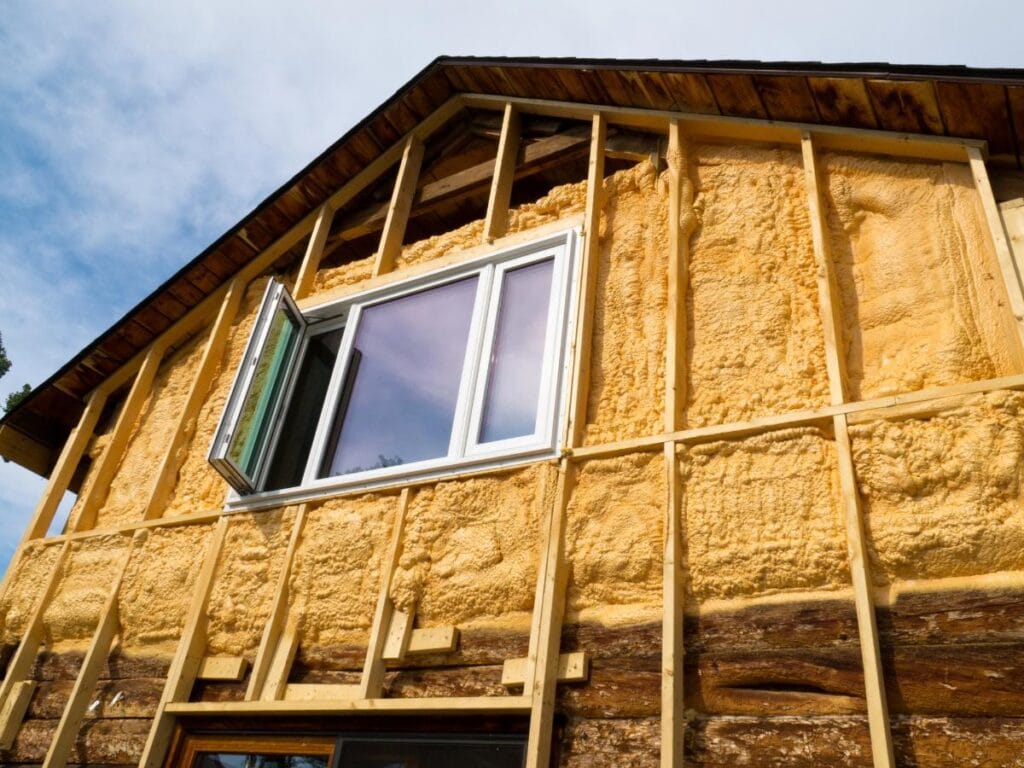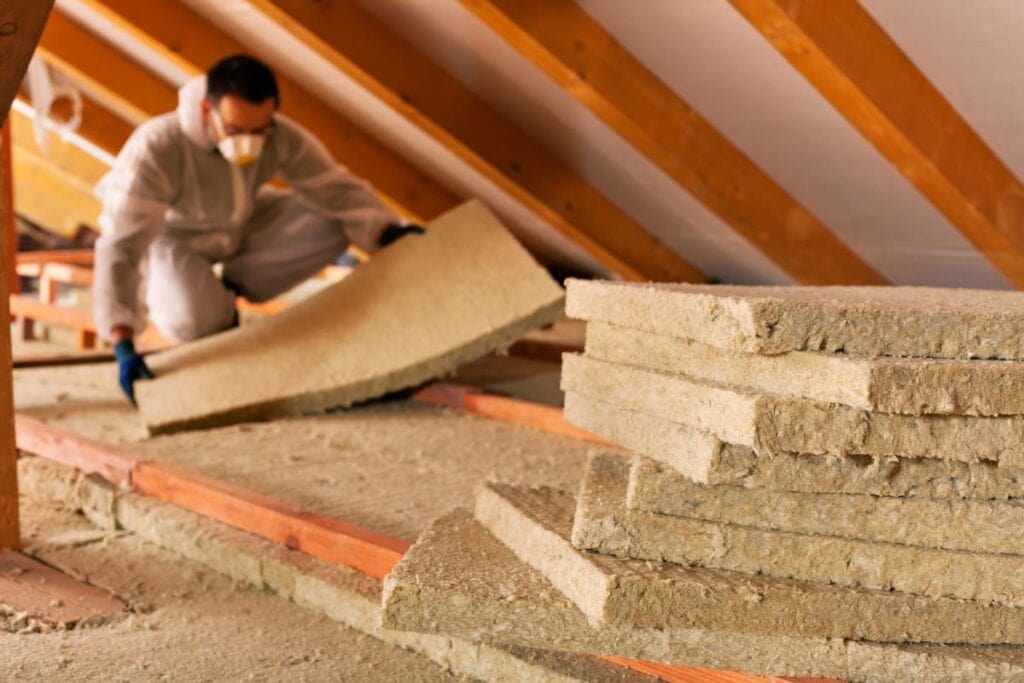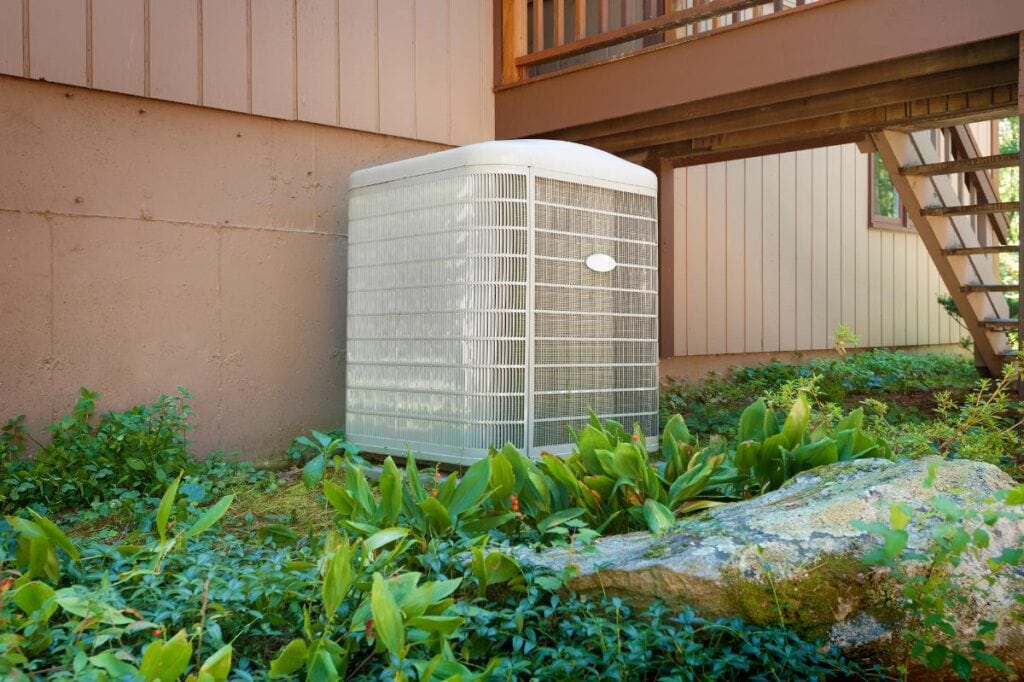
Eco-friendly upgrades used to be a nice, optional extra for those with some extra cash and a desire to up their green credentials. In 2025, they’re starting to feel like more of a necessity, whether you’re planning to sell, cut bills, or simply future-proof your home.
But going green doesn’t mean going broke anymore, and neither does it require having to rip out everything and start over. If you’re thinking about ‘going green’ this year, then here’s what you should know.
The centrality of energy ratings
You’ve probably seen those EPC certificates lurking in the back of property listings, A to G, like school report cards but for energy use. While they haven’t always been the most important, they’re becoming increasingly relevant to buyers.
More prospective buyers are asking about energy ratings up front, if they’re not displayed in the listing. Some lenders are even tailoring mortgage deals, based on how efficient the home is.
With possible regulatory changes on the horizon, homes with poor energy ratings could see reduced market appeal or face stricter rules for renting or selling. In other words, a bad grade might start costing you, often more than the upgrades themselves.
Start with the basics

There’s a temptation to jump straight to energy sources like solar panels, but often, the smartest first step is a bit less techy: insulation.
Loft and wall insulation, fixing draughts, upgrading windows, these are the sorts of changes you feel almost immediately. Practically speaking, the house is warmer, quieter, and you’re not checking the thermostat every hour.
Think of it like this: there’s not much point in generating your own green energy if it’s all going to leak out of your home, anyway. Insulate it properly first.
It can be affordable
In 2025, there’s a growing financial push to make eco-friendly choices affordable. From tax breaks and grants to better mortgage deals, there’s now a range of schemes designed to help people spread the cost of upgrades.
There are also some handy services like Thermly that make it easier to navigate these grant application processes, and to even see if you’re eligible for them in the first place.
Solar & heat pumps

For many homes, solar panels are finally starting to make financial sense. Installation costs have become much more reasonable, and some energy providers now pay you for the extra energy you don’t use. Still, the benefits depend heavily on your roof, your usage, and whether you’re planning to stick around for the long haul.
Heat pumps can also be incredibly beneficial. In well-insulated homes, they’re brilliant. In draughty Victorian semis, maybe a little bit less so, at least without other upgrades. They’re best planned as part of a bigger renovation, not just bolted on like an afterthought.
In 2025, “green” isn’t only about saving the planet (although that’s important); it’s increasingly also a way to go about saving money, getting better deals, and protecting the value of your home. When assessing the value of these types of home investments, be sure to keep all these factors in mind.
